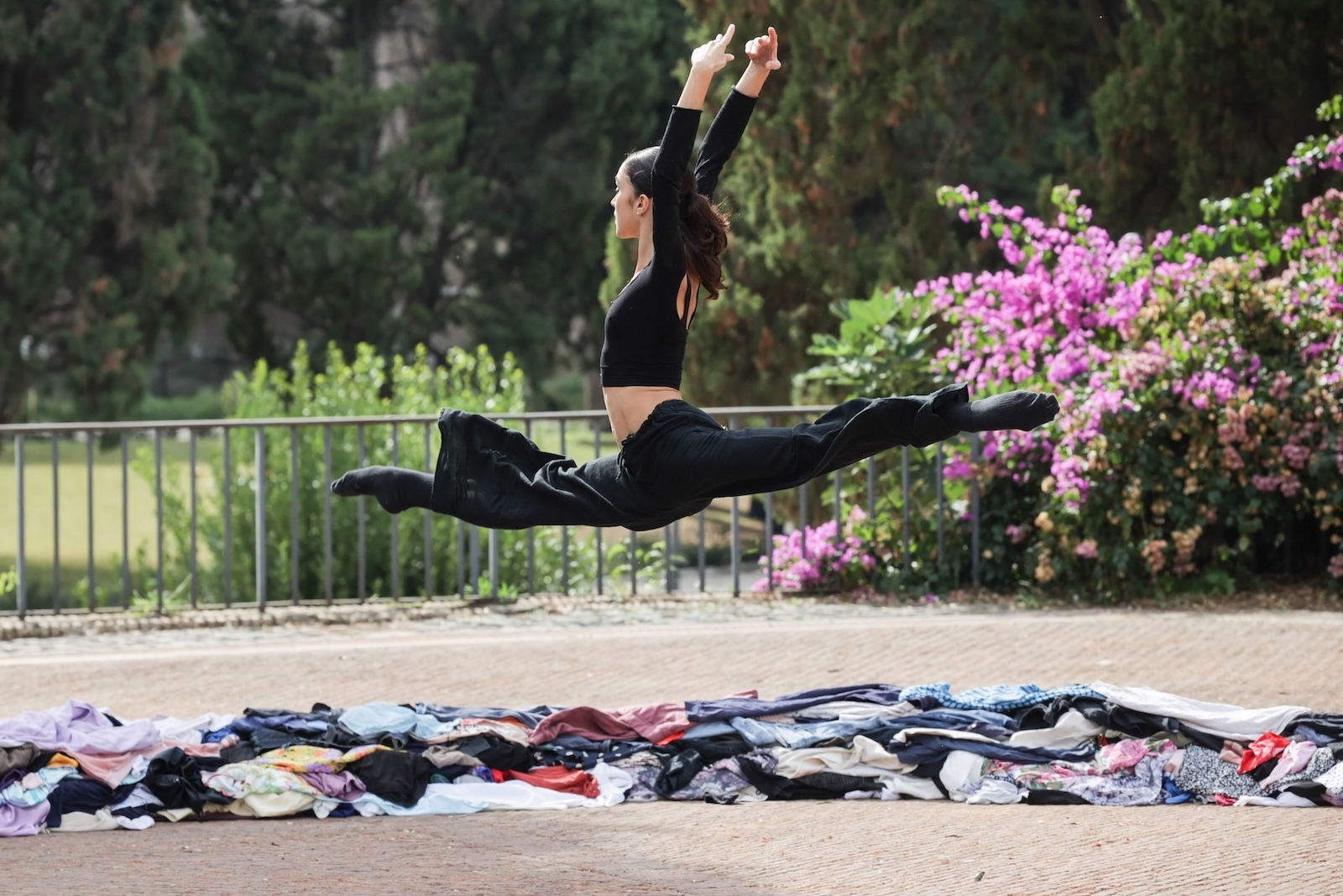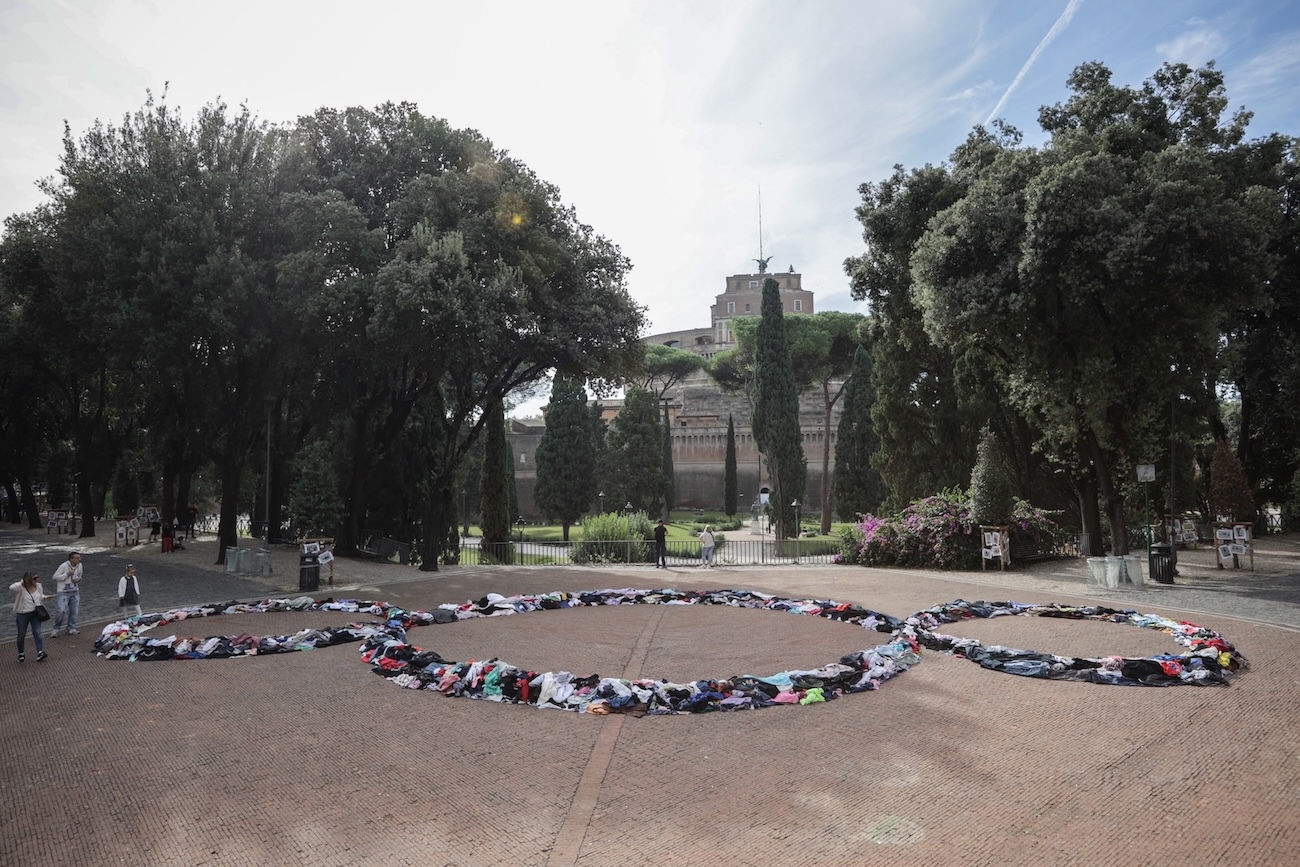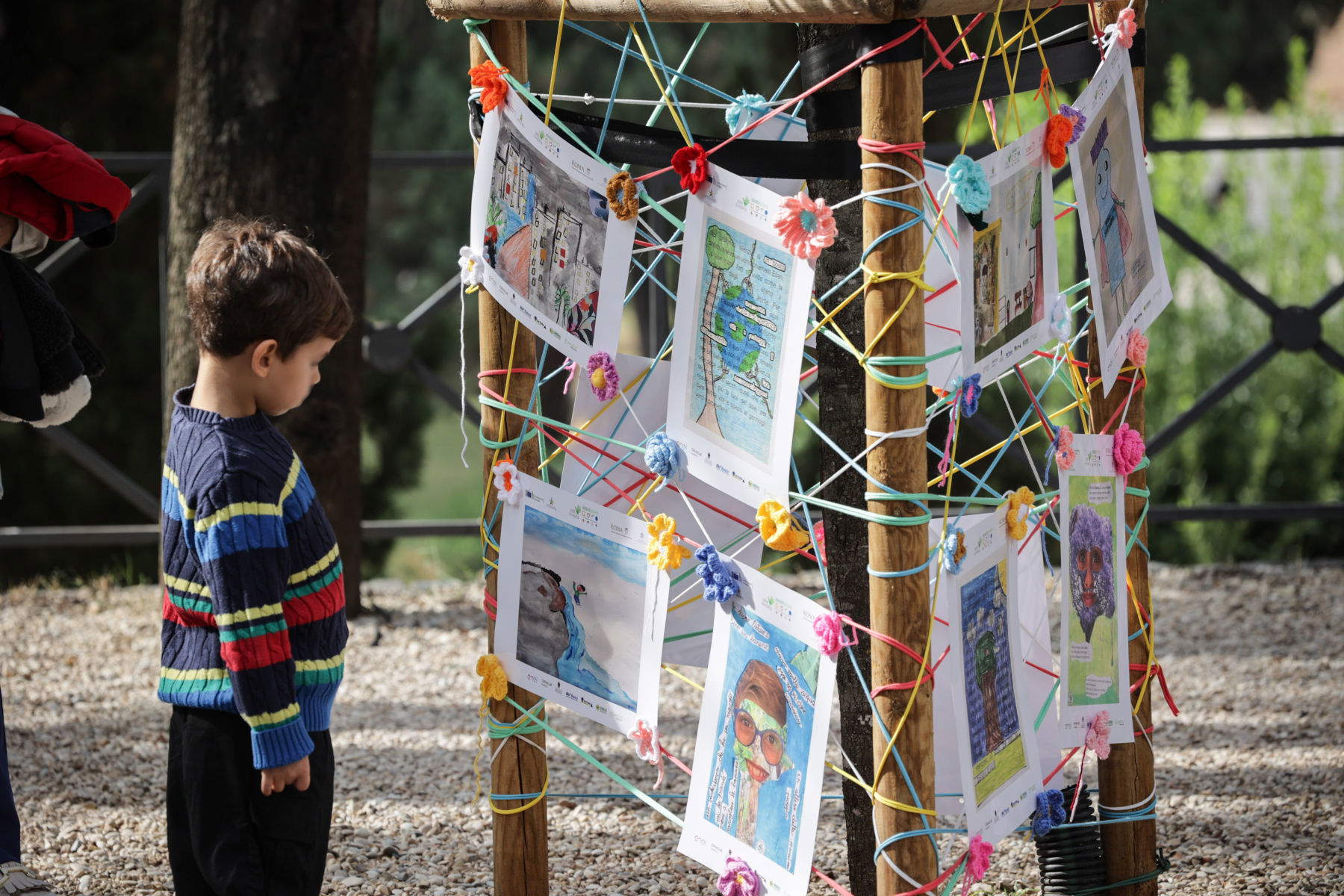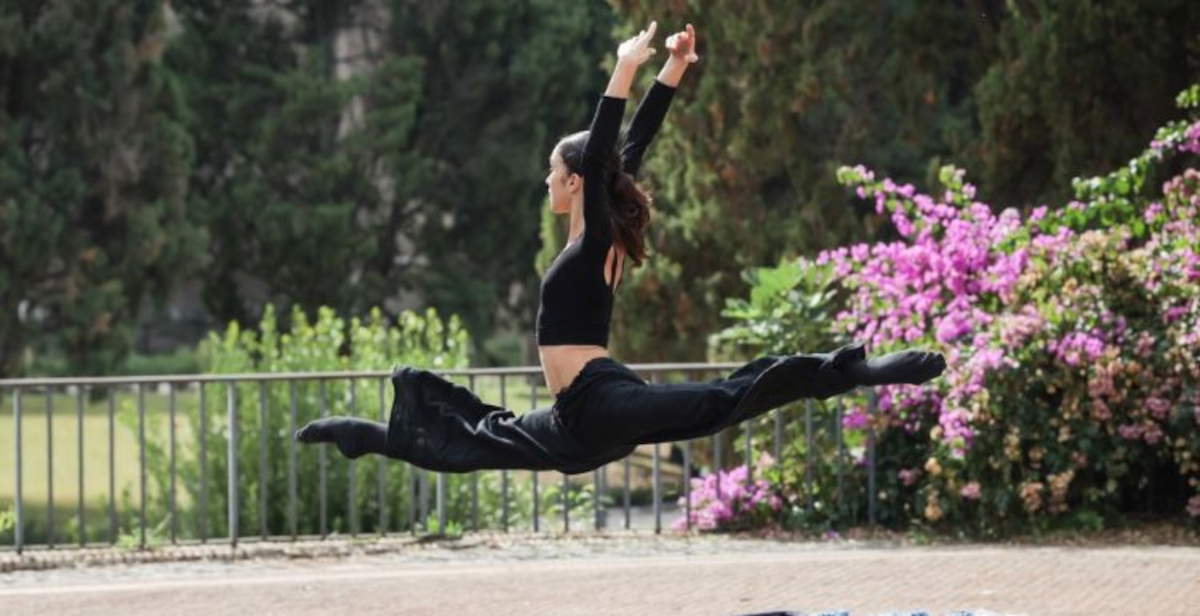Rome has chosen the Mole Adriana Park, the green area surrounding Castel Sant’Angelo, as the setting for an event dedicated to the relationship between art, sustainability and participation. It is the ManiGreen open-air exhibition, organized by the nonprofit association 2050 To People and sponsored by the Dicastery of Culture and Education of the Holy See, included in the program of the Jubilee of the Educational World. The initiative, which opened on Oct. 12, will remain open to visitors until Nov. 2, 2025. The inaugural day transformed the park into a space animated by families, students and citizens, with participation that saw hundreds of children involved in educational activities and workshops designed to bring the youngest children closer to issues related to environmental protection and the value of creativity. The idea behind the project is to create opportunities for discussion and exchange between generations, with a special focus on the role of schools and active citizenship.
One of the central moments of the event was the creation of Michelangelo Pistoletto’s Third Paradise. The work, conceived by the artist as a symbol of balance between nature, humanity and artifice, was built thanks to the contribution of a large amount of recycled clothes, almost a ton. The installation, made collectively, transformed discarded materials into a new shared image, emphasizing how recycling can take on an aesthetic dimension and become an opportunity for collective reflection. The choice of Pistoletto, who has always been linked to research on the relationship between art and social responsibility, fits coherently into an event that aims to solicit new forms of awareness.

The opening also featured a contemporary dance performance by dancer Denisa Bzhetaj. The intervention gave movement and body to the symbol of the Third Paradise, translating the image into gesture and stage presence. Dance, understood as a language capable of crossing cultural and linguistic barriers, helped reinforce the message of the work, amplifying the sense of participation and community. Through the dialogue between visual arts, performance and citizenship, the project sought to build a context in which aesthetic experience is intertwined with environmental reflection.
As part of the event, roundtable discussions were held at the Amphitheater of the Mole Adriana. The meetings addressed some of the most discussed issues in contemporary debate, from the prospects for a sustainable future to the relationship between creativity and artificial intelligence and the role of ethical finance in the ecological transition. The presence of these moments of reflection gave the exhibition a broader dimension, linked to a discussion of the challenges affecting the present and future of society.

Parallel to the installations and performances, the park hosts an exhibit featuring drawings made by more than a thousand children from Rome’s elementary school. The exhibit, placed along the park’s avenues, offers a glimpse into how the new generations interpret the theme of nature and sustainability. The works, created in a school and community context, help create a diffuse pathway that integrates the voices of the youngest in a dialogue with the city. The exhibition extends over several weeks with a program of new initiatives, activities and meetings. The underlying idea is to keep participation alive by offering visitors additional opportunities for discussion and creativity until the conclusion on Nov. 2. The extended duration thus allows for a stronger relationship between the event and the urban context that hosts it.
The ManiGreen project is part of a perspective that links art and sustainability, highlighting how a central space in Rome can be transformed into an open-air laboratory. The Mole Adriana Park thus becomes a platform for dialogue between different artistic languages, citizens, institutions and environmental issues. The event shows how cultural enjoyment can take place in nontraditional spaces, bringing to the forefront the role of green areas in urban life and emphasizing the possibility of rediscovering nature even in the heart of a big city.

 |
| Rome, Mole Adriana Park hosts ManiGreen's open-air exhibition until Nov. 2 |
Warning: the translation into English of the original Italian article was created using automatic tools. We undertake to review all articles, but we do not guarantee the total absence of inaccuracies in the translation due to the program. You can find the original by clicking on the ITA button. If you find any mistake,please contact us.